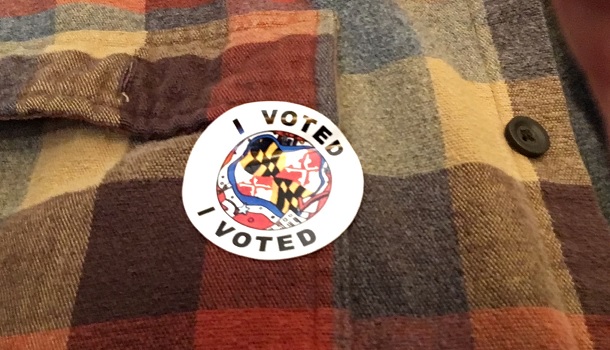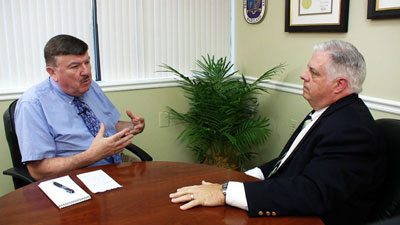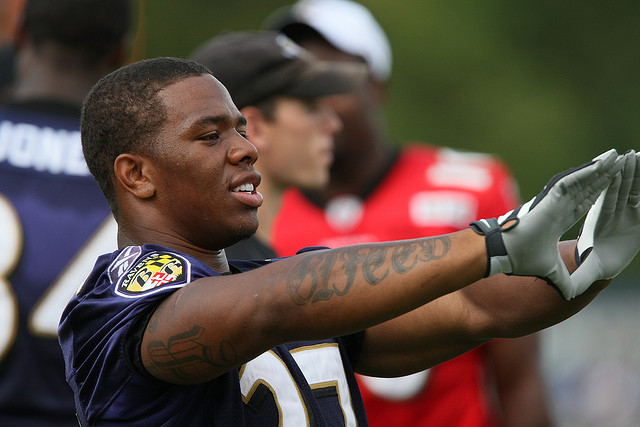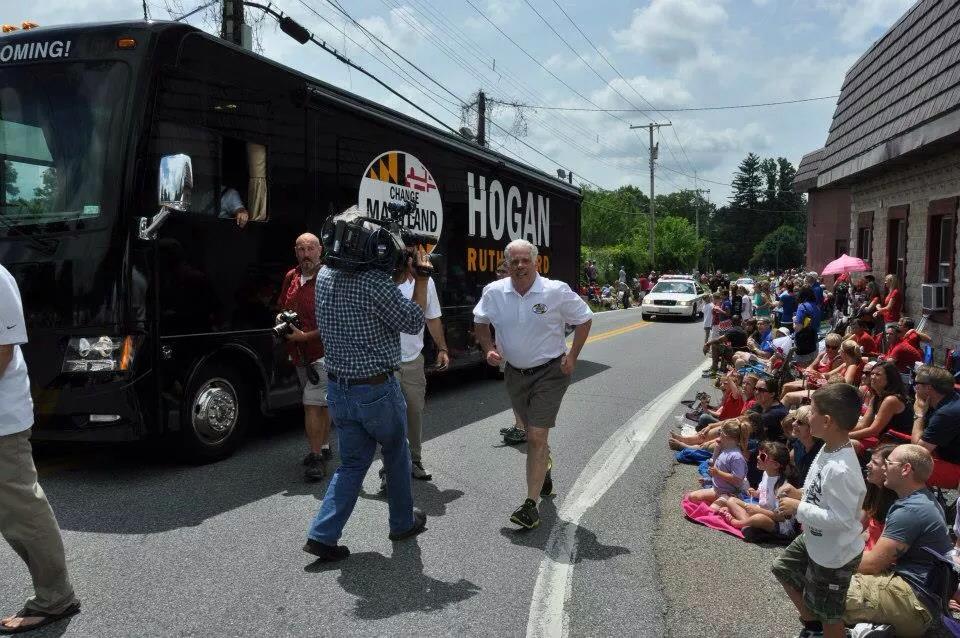By Colin Alter
Most Montgomery County residents know the county’s voter registration records show that the Democratic Party dominates the registration, with 61% of the electorate. Less known, however, is that the second largest registration is for those who are ‘unaffiliated’ in their registration, numbering 22% of those registered. These 151,000 people have little choice when it comes to electing the next country executive and members of the County Council. The Republican Party claims only 14.7% of the total, slightly less than 100,000 voters, a number that has continued to fall.
The Democratic domination is so great as to make the General Election essentially meaningless; the winner is chosen in the Democratic primary. In 2018, six Democrats ran for County Executive in the Democratic primary. Marc Elrich won the primary by only 77 votes, while receiving less than 30% of the votes cast in the primary. Less than 40% of registered Democrats voted in the primary. In Montgomery County, the state’s most populous, winning the primary essentially means choosing the winner for the November General Election: Elrich won 64.7% of the votes cast.
Digging further into the data shows that less than 25% of the county’s eligible voters voted in the primary, compared to more than 62% who voted in the General Election. Only 835 more Democrats voted in the primary than the eligible but disenfranchised ‘unaffiliated’ voters.
What’s the problem?
Some contented political activists see no problem in the current situation. They might say that it is a primary election for each party. They appear to believe that the Republican Party in the Montgomery County presents worthy challengers. The problem, of course, is that a significant part of the electorate is completely left out: they are effectively disenfranchised by the “system.”
One response suggested by activists is to move the primary to the ranked choice model. While that certainly is helpful to the voters in the Democratic primary, it still leaves a substantial proportion of the electorate outside. Disenfranchising more than 22% of the population is never the right thing to do.
There is a vitally needed alternative in what is essentially a single party state and county: have an open primary in which all voters can participate, with the two top vote getters conducting a run-off in the General Election.
Looking back to 2018, the data demonstrates that the two top contenders combined to receive more than half of the total vote (58%). The remaining votes were split between four other candidates. In the General Election, the Republican contender received only 11% of the total votes cast in the primary, or less than five of the six Democratic candidates.
Opening the process
Obviously, a Democrat will be elected regardless of the process. But an open primary would allow every citizen to have a meaningful voice. What the open primary would also do is broaden the perspective of every candidate. No longer would appealing to the activists of a single party be enough.
By broadening the voter base to include those who wish to remain ‘unaffiliated,’ it might dramatically increase the likelihood of their participation in the political process. In Montgomery County, less than one quarter of those eligible voted in the primary, of whom only 4% were unaffiliated. In the General Election, the records show that 64% of all eligible voters did, in fact, vote. The ‘unaffiliated’ participation jumped to more than half of those eligible, still far below the 70% of registered Democrats who did.
The statewide impact of an open primary would be significant in expanding the franchise, but Democrats would still dominate. Thus, an open primary on the state level would allow more than 808,000 Marylanders — unaffiliated registered voters — to have a voice in choosing the next governor. Currently, due to the very nature of the primary system, less than 6% of those who are unaffiliated vote in the primaries for offices that do not require party identification, mostly local school boards. This soars to almost 80% in the General Election — a significantly higher portion than either Democrats or Republicans. This proves that the ‘unaffiliated’ do want to vote and will vote when given the opportunity to do so.
There is but one obstacle: the Maryland legislature. It needs to change the rules for primaries. There is no motivation to do so: the system works for incumbents just fine.







Recent Comments